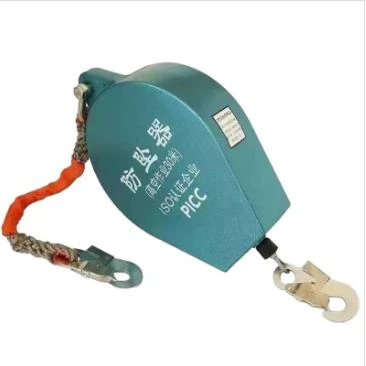


Types of Fall Protection Ensuring Safety at Heights
Fall protection is a critical safety consideration in various industries, especially in construction, maintenance, and any work conducted at heights. With the potential for serious injuries or fatalities, understanding the types of fall protection available is essential for employers and employees alike. This article will explore the main types of fall protection systems, highlighting their characteristics and applications.
1. Personal Fall Arrest Systems (PFAS)
Personal Fall Arrest Systems are designed to prevent workers from hitting the ground during a fall. A typical PFAS includes three components an anchorage, a harness, and a connector (such as a lanyard or self-retracting lifeline). The anchorage point must be capable of supporting the maximum arresting force that might occur during a fall.
- Harness The harness distributes the force of a fall across the body, reducing the risk of injury. - Connector The lanyard or lifeline attaches the harness to the anchorage point, allowing for movement while maintaining safety.
PFAS is commonly used in construction work, especially when employees are working on rooftops, scaffolding, or at other elevated locations.
2. Guardrails
Guardrails serve as a physical barrier that prevents workers from falling off elevated platforms. They are commonly found on rooftops, stairways, and scaffolds. The key features of guardrails include
- Top Rail Usually set at a height of 42 inches, it is the primary means of stopping a fall. - Mid Rail Positioned halfway between the top rail and the walking surface, its purpose is to prevent a worker from falling through the guardrails. - Toe Board A barrier at the bottom prevents tools and materials from falling.
Guardrails are an effective method of fall protection when designed and installed correctly.
3. Safety Nets

Safety nets are deployed beneath elevated work areas to catch individuals in the event of a fall. These nets must be installed at appropriate distances from the work surface and be made from durable materials to withstand the impact of a falling person.
- Advantages Safety nets provide fall protection without restricting workers' mobility. They can be especially useful on large construction sites. - Limitations They require regular inspections to ensure their integrity and effectiveness.
4. Controlled Access Zones
Controlled Access Zones (CAZ) are designated areas where access is restricted to authorized personnel. These zones are marked and equipped with specific safety measures to minimize fall hazards.
- Use Case CAZ is often used in areas where fall protection systems are impractical, such as during roof work or near leading edges. - Training Workers must be trained to recognize the boundaries of the CAZ and understand the risks involved.
5. Positioning Systems
Positioning systems allow workers to be supported on an elevated surface while keeping their hands free for work. These systems, often referred to as personal fall protection systems for positioning, use a combination of harnesses and anchor points to secure workers in a way that prevents falls.
- Applications Commonly used in utility work and maintenance tasks, positioning systems facilitate ergonomic work practices without compromising safety.
Conclusion
The importance of fall protection cannot be overstated, as it is a vital component of workplace safety for those working at heights. By understanding and implementing the various types of fall protection—such as Personal Fall Arrest Systems, guardrails, safety nets, Controlled Access Zones, and positioning systems—employers can greatly reduce the risk of accidents and injuries. In an environment where falls can lead to devastating consequences, proactive measures and adherence to safety protocols are essential for protecting workers and ensuring a safe working environment. Always remember that a thorough risk assessment and appropriate training are key elements in determining the best fall protection strategy for any given situation.



